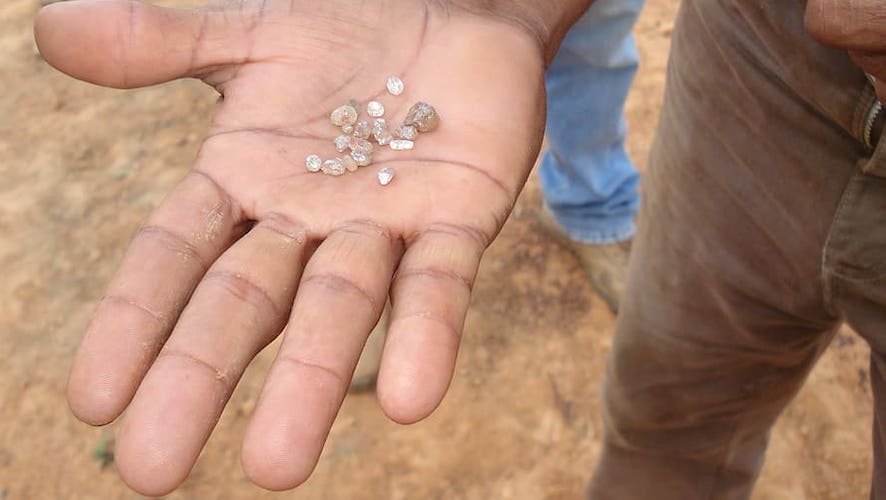
The document states that Earth’s engine turns organic carbon into diamonds many hundreds of kilometres below the surface and then ballooning rocks from the deeper mantle, called mantle plumes, carry the diamonds back up to the Earth’s surface via volcanic eruptions.
This research provides a model that explains the formation and locations of oceanic, super-deep continental and lithospheric diamonds
“While recycling is becoming a modern-day necessity for our sustainable survival, we were particularly surprised to learn, through this research, that Mother Nature has been showing us how to recycle with style for billions of years,” Luc Doucet, lead author of the study, said in a media statement.
Doucet and his team reached these conclusions by analyzing the carbon isotopic compositions of three major types of diamonds, namely, oceanic, super-deep continental and lithospheric diamonds, all of which are formed at different levels of the mantle with a varying mixture of organic and inorganic carbon.
“This is the first time that all three major types of diamonds have been linked to mantle plumes, ballooning hot rocks driven by plate tectonics and the supercontinent cycle from deeper Earth,” co-lead author, Zheng-Xiang Li, said in the press brief.
For the scientists, this research not only provides a model that explains the formation and locations of the three types of gemstones, but it also helps to understand the planet’s carbon cycle, while at the same time having the potential to unlock more secrets of the Earth’s dynamic history through tracking the past locations of mantle plumes and superplumes. In their view, the latter can be achieved by mapping out the distribution of both continental and oceanic diamonds.
One mystery remained unsolved, though, and that is the reason why diamonds formed in the so-called ‘mantle transition zone,’ 400 to 600 kilometres deep, utilized recycled organic carbon only.
“This might have something to do with the physical-chemical environment there”, Li said. “It is not uncommon for a new scientific discovery to raise more questions that require further investigation.”



